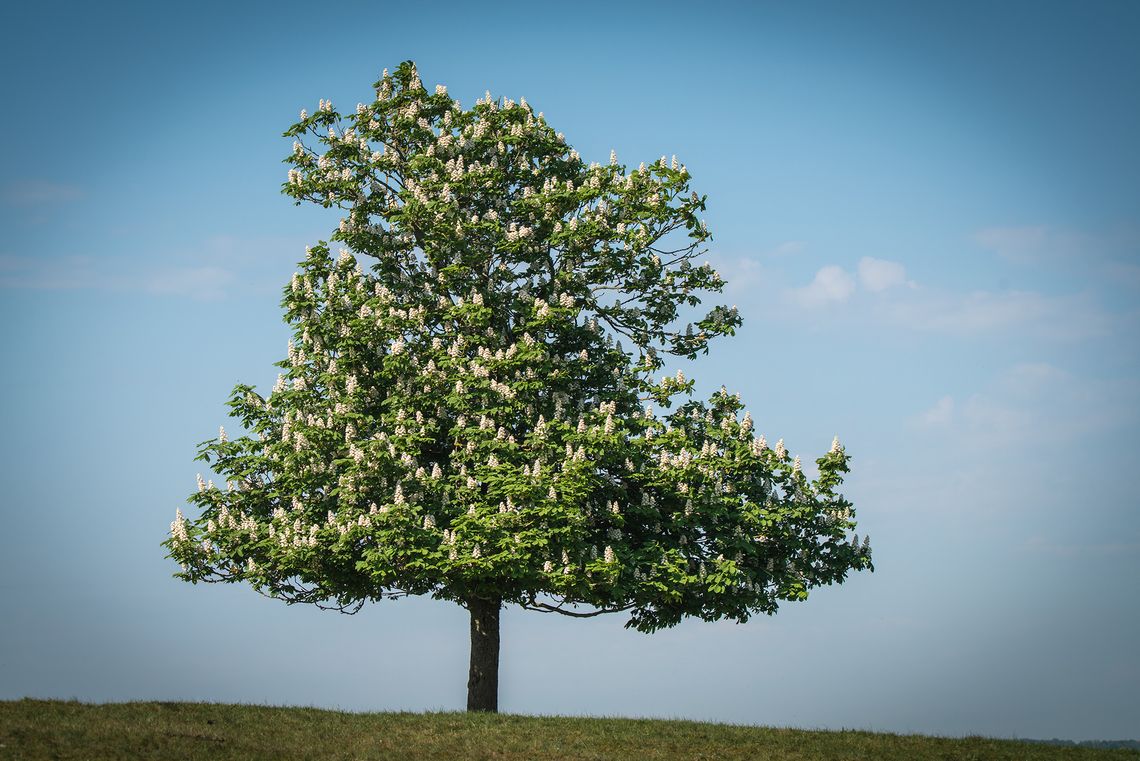The American Chestnut once dominated portions of the eastern U.S. forest. The tree was among the largest and fastest ‒ growing trees in the forest. Because it could grow so rapidly and attain huge sizes, the American Chestnut was often an outstanding feature in both urban and rural landscapes.
What many people in Mississippi don’t realize is that the American Chestnut was once found along the east-central part of the state, from Corinth to south of Hattiesburg. This population represented the extreme western part of the chestnut’s natural range.
Chestnut wood was rot-resistant, straight-grained, and suitable for furniture, fencing and building materials. In colonial times, chestnut was preferred for log cabin foundations, fence posts, flooring and caskets. Later, railroad ties and both telephone and telegraph poles were made from chestnut, many of which are still in use today.
Its nut fed billions, from insects to birds and mammals, and was a significant contributor to rural agricultural economics. At one time, nut-ripening and gathering nearly coincided with the holiday season. Nineteenth century newspapers often featured articles about railroad cars overflowing with chestnuts to be sold, fresh or roasted, in major cities.
All of this began to change around 1904, when a fungus was accidentally moved from Asia to New York. The fungus, known as the chestnut blight, ran unchecked through the vast range of the American Chestnut that covered over 200 million acres of the eastern United States. By the late 1950s, an estimated four billion American Chestnut trees were reduced to snags and stumps.
These trees were not ready to give up the fight and continued to sprout from stumps, only to have the growing trees live for a short period before dying back again. The blight cannot kill the underground root system, as the pathogen is unable to compete with the soil microorganisms. Stump sprouts grow vigorously in cutover or undisturbed sites where there is plenty of sunlight, but inevitably succumb to the blight. The cycle of death and rebirth has kept the species alive.


Comment
Comments